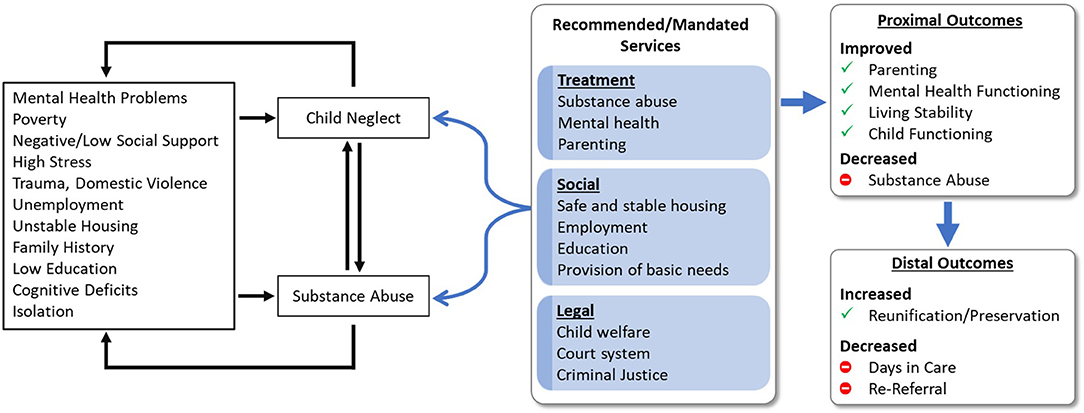Infectious Disease Threatens Hawaiian Dolphins: Implications for Sustainable Development Goals
Introduction
A recent discovery by scientists from the University of Hawaii at Manoa’s Health and Stranding Lab (UHHSL) has raised concerns about the health of marine mammals in Hawaiian waters. Three striped dolphins stranded on Oahu’s east shorelines within a seven-day period tested positive for Brucella ceti, a bacterial infection with zoonotic potential.
Health Risks and Public Advisory
- Brucella ceti is a bacterial infection that can be transmitted from marine mammals to humans.
- In humans, the infection may cause flu-like symptoms, neurological complications, and chronic arthritis if left untreated.
- Scientists strongly advise against touching or handling stranded marine animals to prevent infection.
Environmental and Ecological Concerns
The detection of Brucella ceti in multiple dolphins suggests a broader ecological issue:
- Dolphins and whales serve as sentinels of ocean health, providing critical indicators of marine ecosystem conditions.
- Three strandings within one week likely indicate additional unreported mortalities at sea.
- The infection may be widespread among various marine mammal species in Hawaiian waters.
Species Affected and Research Findings
- Striped dolphins have been identified as particularly vulnerable to this infectious disease.
- Between 2000 and 2024, researchers at the College of Tropical Agriculture and Human Resources (CTAHR) detected Brucella ceti in seven marine mammal species, including pygmy killer whales, sperm whales, spinner dolphins, and Longman’s beaked whales.
- Many infected animals exhibited severe brain and lung infections, often with co-infections from viruses such as morbillivirus and herpesvirus.
Call to Action and Public Engagement
Experts emphasize the importance of public participation in monitoring marine wildlife health:
- The public is urged to report sightings of stranded or distressed marine mammals to the NOAA Marine Wildlife Hotline at 1 (888) 256-9840.
- Timely reporting supports conservation efforts and helps mitigate the spread of infectious diseases.
Alignment with Sustainable Development Goals (SDGs)
SDG 3: Good Health and Well-being
- Addressing zoonotic diseases like Brucella ceti protects human health by preventing transmission from marine mammals.
- Promoting awareness and preventive measures reduces health risks associated with marine wildlife interactions.
SDG 14: Life Below Water
- Monitoring marine mammal health supports the conservation of aquatic ecosystems and biodiversity.
- Understanding disease prevalence aids in maintaining the resilience and sustainability of ocean life.
SDG 17: Partnerships for the Goals
- Collaboration between scientific institutions, government agencies, and the public enhances marine conservation efforts.
- Data sharing and joint research initiatives contribute to effective disease management and ecosystem protection.
Conclusion
The emergence of Brucella ceti infections in Hawaiian dolphins underscores the interconnectedness of marine ecosystem health and human well-being. Addressing this issue aligns with multiple Sustainable Development Goals by promoting health, conserving marine biodiversity, and fostering partnerships. Continued research, public engagement, and preventive actions are essential to safeguard Hawaii’s marine life and the communities that depend on it.
1. Sustainable Development Goals (SDGs) Addressed or Connected
- SDG 3: Good Health and Well-being – The article discusses an infectious disease (Brucella Ceti) that can affect both marine mammals and humans, highlighting public health concerns.
- SDG 14: Life Below Water – The focus on dolphins and whales as indicators of ocean health and the impact of infectious diseases on marine species directly relates to the conservation and sustainable use of oceans and marine resources.
- SDG 15: Life on Land (indirectly) – While primarily about marine life, the zoonotic nature of the disease (transmission from animals to humans) touches on the interconnectedness of ecosystems and biodiversity health.
2. Specific Targets Under Those SDGs
- SDG 3 Targets:
- Target 3.3: End the epidemics of communicable diseases and combat neglected tropical diseases and other communicable diseases.
- Target 3.9: Reduce the number of deaths and illnesses from hazardous chemicals and air, water and soil pollution and contamination (relevant due to zoonotic disease transmission).
- SDG 14 Targets:
- Target 14.1: Reduce marine pollution and protect marine ecosystems.
- Target 14.2: Sustainably manage and protect marine and coastal ecosystems to avoid significant adverse impacts.
- Target 14.5: Conserve at least 10% of coastal and marine areas (implied through monitoring and protection efforts).
- SDG 15 Targets:
- Target 15.5: Take urgent action to reduce the degradation of natural habitats and halt the loss of biodiversity (implied through concern over marine mammal health and ecosystem impacts).
3. Indicators Mentioned or Implied to Measure Progress
- Incidence and prevalence of Brucella Ceti infection in marine mammals – The article mentions testing of stranded dolphins and other species, which can serve as an indicator of disease spread and ecosystem health.
- Number of marine mammal strandings and mortality rates – The report of three dolphins stranded within a week and historical data from 2000 to 2024 suggest monitoring strandings as an indicator of marine ecosystem health.
- Reports and surveillance data collected via NOAA Marine Wildlife Hotline – Public reporting of sightings can be used as an indicator for monitoring disease spread and marine animal health.
- Incidence of zoonotic infections in humans related to marine mammals (implied) – Although not explicitly stated, monitoring human cases of Brucella Ceti infection would relate to SDG 3 targets.
4. Table of SDGs, Targets, and Indicators
| SDGs | Targets | Indicators |
|---|---|---|
| SDG 3: Good Health and Well-being |
|
|
| SDG 14: Life Below Water |
|
|
| SDG 15: Life on Land |
|
|
Source: hawaiinewsnow.com







